
Mary Tyler Mores
Sex and The City would add more sex, shoes, and cocktails; 30 Rock upped the neurosis and goofball antics; while Parks and Recreation added small-town government parody. But it all started with Mary.

Sex and The City would add more sex, shoes, and cocktails; 30 Rock upped the neurosis and goofball antics; while Parks and Recreation added small-town government parody. But it all started with Mary.
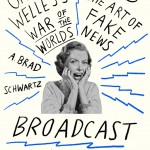
The hysteria generated by War of the Worlds provides today’s Internet users with a cautionary tale when posting on social media networks: Be careful what you put out there—somebody might just believe you.
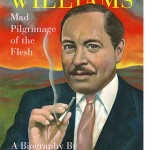
Lahr’s work is a unique amalgam of dramatic criticism and biography—one which results in a comprehensive and original re-assessment of the playwright.

It is with great anticipation that we turn to Warren’s autobiographical narrative for clues as to how someone growing up in crimson red Oklahoma, who considered herself a Republican into the 1990s, came to be a boldly progressive Democrat.

Despite this book’s overarching narratives of racial uplift via education, there is a suggestion that Peace’s narrative could be that of any other young person who came of age when optimism and free spirited partying without consequences gave way to recessions, terrorism, and a new era of anxiety.

Haney López constructs a history of “strategic racism,” whereby politicians, regardless of personal attitudes about race, exploit (on the right) or accommodate (on the left) these attitudes. The result, in his view, has been an exacerbation of racial stereotypes, fears, and distortions regarding public discourse and policy.
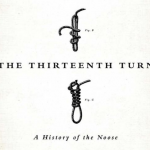
Shuler wrote Thirteenth Turn, he tells us, to reveal the “still underdiscussed narrative of violence in American history,” which “includes both a kind of legal ‘justice,’ the death penalty, meted out by the state—with all the biases that kind of justice entails—as well as another, extralegal ‘justice,’ the democracy of the mob.”

Herbie Hancock’s dazzling autobiography speaks not only to the artist inside the man, but the myriad doors he opened in the music world.
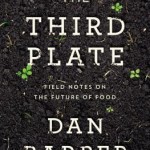
Dan Barber is first and foremost a chef, and his book defines sustainability and food against their utility as vehicles for taste. This is a welcome addition to food studies.
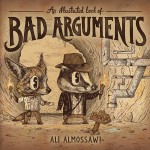
In a refreshingly humorous style, the book outlines 19 bad forms of argument, clearly and concisely, followed by a little illustration for each, featuring large-headed animals with a rather curious stare.